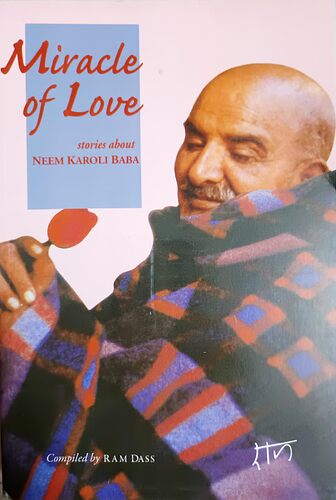The idea that a soul can appear in more than one form at the same time is not new. Across the world, different cultures and traditions have spoken of it in their own language:
![]() Hinduism – Lord Vishnu is said to take many avatars, each fulfilling a different purpose. Krishna, in the Vishvarupa form, revealed countless manifestations of himself at once.
Hinduism – Lord Vishnu is said to take many avatars, each fulfilling a different purpose. Krishna, in the Vishvarupa form, revealed countless manifestations of himself at once.
![]() Tibetan Buddhism – Padmasambhava is described as manifesting in eight forms simultaneously. The tulku tradition also recognizes multiple reincarnations of the same master alive at the same time.
Tibetan Buddhism – Padmasambhava is described as manifesting in eight forms simultaneously. The tulku tradition also recognizes multiple reincarnations of the same master alive at the same time.
![]() Christian Mysticism – Saints like Padre Pio and St. Alphonsus Liguori were reported to appear in two different places at once, a phenomenon known as bilocation.
Christian Mysticism – Saints like Padre Pio and St. Alphonsus Liguori were reported to appear in two different places at once, a phenomenon known as bilocation.
![]() Sufi Tradition – Some masters were said to guide disciples in different locations at the same time, appearing in more than one form.
Sufi Tradition – Some masters were said to guide disciples in different locations at the same time, appearing in more than one form.
![]() Ancient Egypt – The Egyptians believed the soul had different parts: the Ka (life force) and the Ba (personality) which could move and act independently.
Ancient Egypt – The Egyptians believed the soul had different parts: the Ka (life force) and the Ba (personality) which could move and act independently.
![]() Greek Philosophy – Plato wrote of the soul having multiple parts (reason, spirit, desire), which together shaped a person’s destiny.
Greek Philosophy – Plato wrote of the soul having multiple parts (reason, spirit, desire), which together shaped a person’s destiny.
![]() Indigenous Beliefs – Many Native traditions describe the soul as having different aspects — one that stays with the body, another that can travel during dreams or visions.
Indigenous Beliefs – Many Native traditions describe the soul as having different aspects — one that stays with the body, another that can travel during dreams or visions.
![]() Across time and cultures, humanity has always sensed that the soul is not confined to just one body, one role, or one form. The language differs, but the essence remains: the soul is vast, and sometimes, it may live in more than one stream at once.
Across time and cultures, humanity has always sensed that the soul is not confined to just one body, one role, or one form. The language differs, but the essence remains: the soul is vast, and sometimes, it may live in more than one stream at once.

